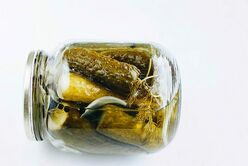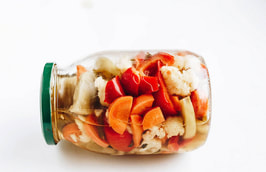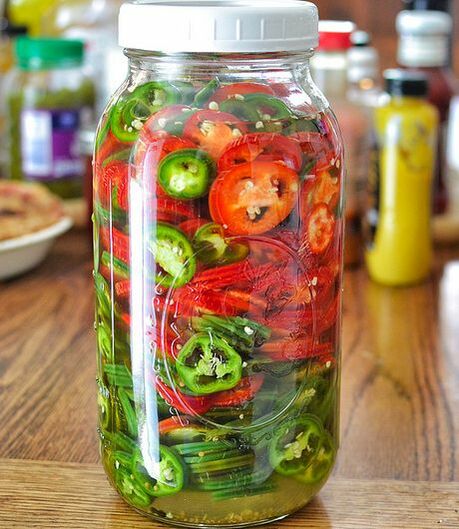|
We all know about vegetable super foods, the kale, the broccoli, the garlic, but what happens when we create a fermented combination and why is it so good for us? Traditional fermentation, pickling and preserving, were away of storing food for the winter when fresh produce was limited. (Something, our grandparents and great grandparents would have done to feed the family, control the budget and to use the summer and autumn glut of vegetables and fruit). But the secret that is starting to emerge is that fermented food is The new category of superfood. What does this mean? Fermented foods have undergone a process of lacto-fermentation, which means that natural bacteria have fed on the sugar and starch in the food creating lactic acid. This ‘good’ bacteria populates the gut and improves digestion, just like a good quality pro-biotic source. Furthermore, to add to its star quality, by fermenting food the nutrients are retained, new enzymes are introduced to the gastrointestinal tract to aid nutrient absorption AND the food is already partially broken down making it easy to digest. Examples of fermented foods are many and varied, cottage cheese and yoghurt. Non-diary options are miso, soy sauce and tempeh, while the most commonly known vegetables are the German sauerkraut and Korean kimchi. But, beware not all fermented foods are created equally. Most shop bought items do not retain there fermented qualities as they’ve been pickled in low grade vinegar instead of a high grade brine. An alternative is to make your own – use it as a side dish, a garnish, as a salsa or a snack. Here is my fermented vegetable recipe. Have fun with this and get creative with your vegetables colours and jars. Colourful Fermented Jars
Choose your vegetables - carrots, cabbage, peppers, kale, chard, seaweed, broccoli, onion, beetroot … anything. Grate, shred or chop these. Create a brine – juice celery &/or leeks, enough to cover your vegetable combination. (Celery & leeks contain natural sodium and will anaerobically preserve your vegetables and encourage the growth of ‘good’ bacteria). Fill your jar – put your vegetables in a glass jar. Optional flavour - add rosemary, garlic or slice of lemon. Cover with the brine, to the brim. Cover this with a cabbage leaf (or chard leaf). Seal the jar with a lid. Fermentation – place the jar/s in a warm place for 2-4 days. I use my hot-water cupboard. Alternatively, a cool box with warm water in the bottom. Approximately 20-24 degrees. Store – refrigerate and enjoy.
1 Comment
|
AuthorPaula is an avid writer and enjoys working with food and words. Archives
August 2022
Categories |
Proudly powered by Weebly




 RSS Feed
RSS Feed